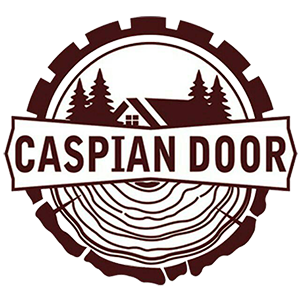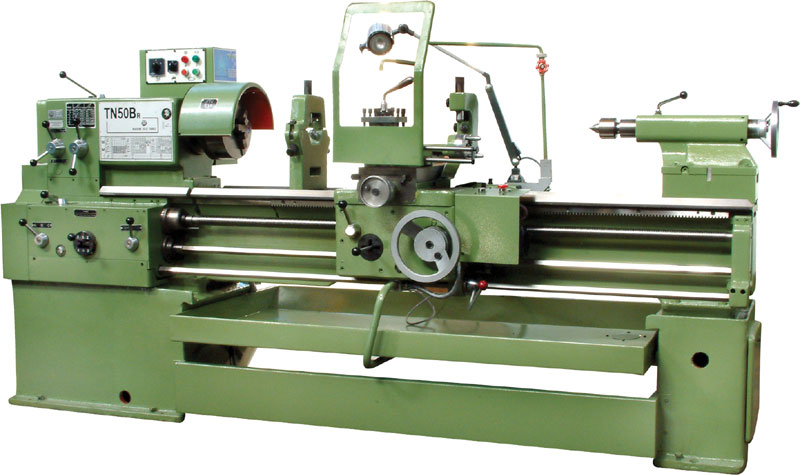Types of machine tools
Types of machine tools
The machine is a type of lathe that is guided and moved by the cutting tool by hand. Frequently, the rounded and simpler toothbrushes are easier to turn than they are, so that the woodcutting machine is equipped with additional equipment that can be torn.
Most types of lathes are machine tools that can be used to fix the workpiece. The above machines are called bird carving machines.
The cutting machine is a cutting deck, without a car bed and bird machine, consisting of a gear box, a support plate. This lathe is used for short pieces and large diameter up to 2m. Thus, it is clear that the machine can not combine a bird and a plate, because each of these machines has a completely different structure.
Machine tools are machine-made modeling machines that have been designed in their design:
– Particularly wood and metal (according to bearings and round the device)
-A general use for modeling with respect to the following components:
Four-sided, concave grading, two modeling systems and so on.
Lathe building
The car bed is a carving component of the lathe, and is fitted with motor, creeping and reacting forces under bending and torsional stress. Therefore, the construction of a rigid casting is one of the precision machining conditions. The gearbox carries gears and the bearing is the main axis and their size and type of bearings have a significant impact on accuracy.
On this guide, the carriage supports the bunker, the following components are arranged in sequence: support for the substrate, support below, middle support and upright support. The first three supports the use of a separate continuous motor. All four supports have manual forwarding capabilities.
The role of lathe in the wood industry
Close work piece
There are various tools for closing work on the axle of the machine, which moves from the engine to the workpiece.
The workpiece is closed between the edges of the birdhouse and the birdhouse.
Multi-flute lumbering machine
Multi-side bird is tightened by a cone shaft with a twisted tail on the main axis. The front part of the bird’s head has a central tip and engaging edges.
Depending on the number of edges, the bird’s eye may be two, four, or six. The amount of transfer force is a function of the diameter, number and depth of the edges involved. For use of multi-pile birdies, the edges of it are immersed in a piece of work by a wooden hammer.
Birdhouse
The moving bird takes almost a steady bird, as the latter type is hot during the early period and requires lubrication at the contact point of the workpiece. The moving bird has a ball bearing and it is hot in a very long period of time.
The bird’s cone shaft is mounted in a conical cylindrical hole and is tightened, the bird’s carriage is rotated to remove the bird, so that the slider cylinder is entirely placed in the birdie system, in which case the bird starts to come out .
Capricorn
Today, the use of a sparkling cartridge that has evolved is a wooden type, usually with a diameter of about 100mm. First, cut the workpiece between the bird and the bird in a closed flank, so that it can be cone-shaped to place it in a shotgun.
The good work space in the cartridge allows the workpiece to have a larger diameter to diameter ratio. Of course, after being stuck in a cartridge, a birdie can also be used to get started, with this method providing a bulky shot. For the final cut, the birdie is away from the workpiece.
Jaw clips on lathe
The two-body clips are preferably used to close the box of two-piece muscles and pieces that have a quadrilateral outer shape. The central disk makes it easier to close the piece.
The clamp of the three systems is used to close the round, triangular and quad parts.
The four-pins are special for the four-seater and eight-octal units. It can be used to close the round wood pieces of different shapes, and can be applied uniformly and uniformly to fit the pressure.
The clamping system is centrally screwed by the system wrench. Depending on the type and dimensions of the work, an external or internal staircase system can be used. Systems and system divisions are numbered and when the systems are closed, the numbers must be matched together.
The three systems
Large-diameter parts are often cut and sliced into three common systems. The three hollow systems have holes and gaps that can be fastened to the workpiece from behind with a wooden screw. Meanwhile, before the quadrangular parts were closed in three systems, using the three main systems or the interface between the three systems, the workpiece, and even the circular cross-section, used.
Cuffs and small pieces of bitumen are fastened on the wooden side of the sash. The wooden interface board is then tightened by a wooden screw on the three common systems, then the pen of the bitumen is applied on the wooden board of the interface that is being rolled up. The unit is pressed centrally with the interface plate, which has a sharp central pin Is placed.
As long as the workpiece is in the process, the bitumen is liquid due to friction and after cooling off the bitumen is cooled and attached to the work piece. After finishing the work, due to the bitterness of the bitumen, the work piece is easily removed from the cavity by the cavern. The disadvantages of this method are the reopening of the wooden plate of the bitumen from the bitumen, which can cause damage, for example, to create a rust and scratches on it.
Auxiliary birdhouse in a lathe
To cut pieces that do not have a flat surface so that they can be fastened to them or they have a large diameter, they need a bird’s aid piece. This auxiliary piece is screwed onto three loop systems.
Cutting pieces of two pieces by bird and birdie
Mostly two-piece models are made using several birdhouses and birdhouses. For these models, the two pieces of the model must be glued together as described below:
-Packaging with paper feed
All parts of the model, which later forms the level of its separation, is glue, after placing the paper on one of the surfaces, two pieces of the model are placed on each other and pressed. After finishing the cut, two pieces of the model are separated by the edge of the cavern. The disadvantages of this method are the scrape and dirty levels of separation that need to be cleaned.
– Ending the end of work
In this method, the length of the end of the work is set before the size given on the map. Then the extra separation surfaces of the glue and the two pieces of the model are pressed together. After completing the work, the length of the end of the model is cut off.
– Combine the two methods above to paste
– Using coupling birdies for two-piece models, these barns need extra work piece lengths to accommodate this additional length in the bunds of gutters. This method is for parts that are not symmetric and the distribution of mass is not uniform due to vibration and risk Cutting the piece is not used.
-Sealing on a steel disk
-Switch on a steel disk
The latter two methods are often combined with the end-of-work paste method, and discs are used to grab bird and bird carts.
Work with manual caverns
Caverns
Cavern Flat: The direction of flattening the surface is used.
Major Cavern: Depending on the cutting edge angle, it may be used for flattening or surface roughness.
Semicircular cavity: There is no danger for a rough cut.
Dvorpheh bed cavern: Unlike other caverns, it has a coated surface.
Cavity Cavity: To create the cutting slit of the two ends of the work, as well as to cut the surface of the pieces that are closed on one side only.
Bayonet Cavern: To create a sharp groove in the piece.
Hollow Caverns: Used for hollow forms.
Cavern in the use of lathe
Shellfish
To get a better level of work, a crust should be made. For this purpose, the edge of the cutting tool is intentionally driven by the direction of the wood fibers. It is better to use a double-sided or semi-circular flat cavity for a shell.
Car cave
Most caverns are closed for quick swapping with pencil screws and four-way clips or other interchangeable clips.
The various forms of these caverns are:
The right cavity of the crane and the left cavern and depending on the state of the main cutting edge to the right cavern, cavern and cavern
Machine cavers are different depending on the type of use:
– Pay the money
– Roughness
-Small buggy, cavernous cavern
Extracting stick
Material Cutting Material
For woodcutting, the cavity is made of steel, such as C150 or HSS steel. For machining lathes, which are used to make metal model and plate fittings, hard metal caverns (HSSs) are often used.
Other work on lathe
One of the economic methods of work is the use of other closure of turning work for other stages of work, such as polishing, milling, and so on.
Milling
Radial milling like grooves, tabs, etc. can be done by closing the job into three systems. From the working conditions, the locking of the axle of the machine and the presence of a graded ring on the three systems. The milling machine is closed and supported by the support.
Caspiandoor, using the knowledge and experience in the wood industry and having advanced tools and machinery, the ability to design and implement all types of cabinets, wood cabinets, helicopter cabinets (modern cabinets), membrane cabinets, construction and installation of various types of doors All wood, MDF door without PVC overlays in the implementation of designs on the door with a CNC machine, HDF door with uncoated PVC in the implementation of designs on the door with a CNC machine, a door with a melamine coating, the construction and installation of a wardrobe and wall cabinet And a variety of complex wooden structures throughout Gilan and Rasht for your loved ones.


 فارسی
فارسی Русский
Русский العربية
العربية